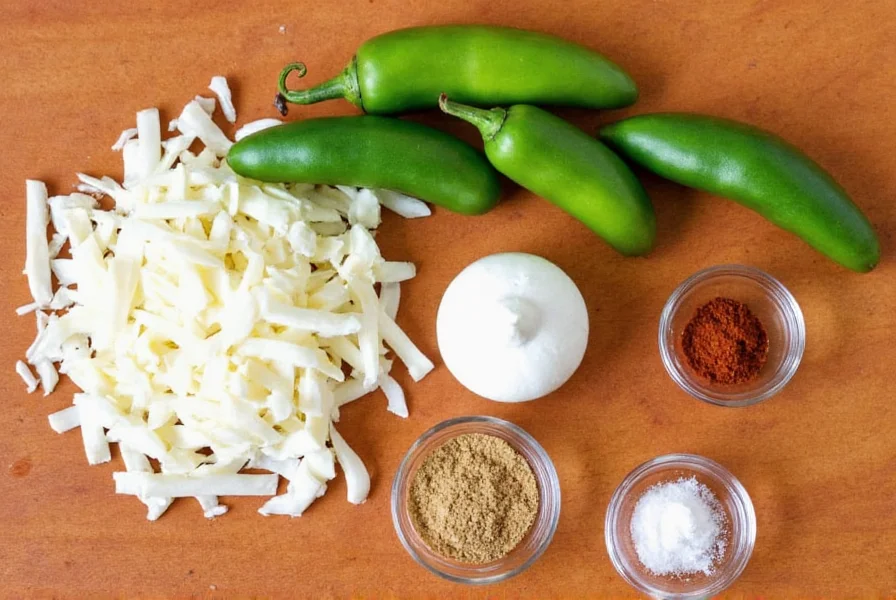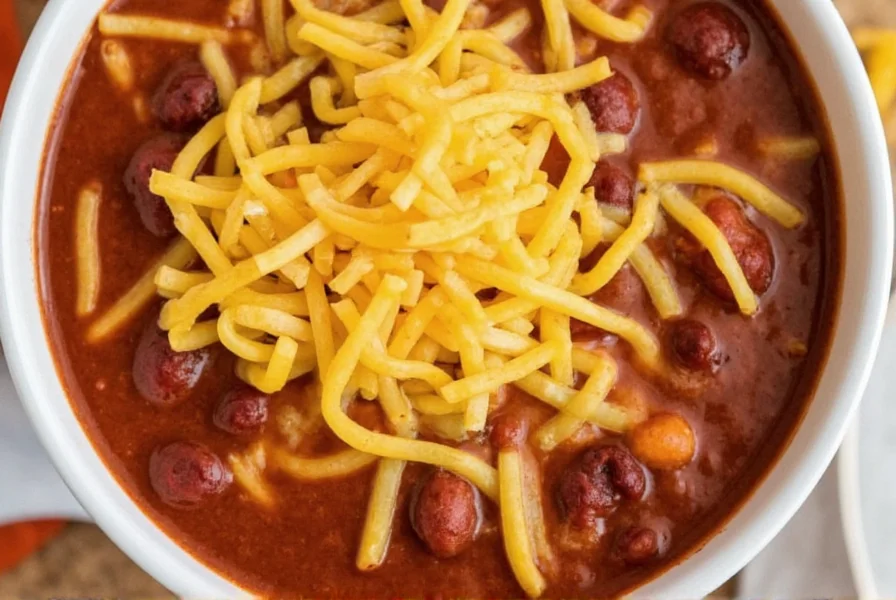Originating along the Texas-Mexico border in the early 20th century, chili con queso represents a delicious fusion of Mexican cheese traditions and Texas ranch culture. The dish evolved from chile con queso (cheese with chili), a simple combination that became popular in Mexican households before crossing into American culinary traditions.
Authentic Ingredients and Preparation
Traditional chili con queso starts with high-quality melting cheeses like white American cheese, Monterey Jack, or a blend of both. Processed cheese products like Velveeta became popular in mid-20th century restaurant versions for their smooth melting properties, though homemade versions often use natural cheeses.
The essential components include:
| Core Ingredients | Traditional Variations | Modern Twists |
|---|---|---|
| White American cheese or Monterey Jack | Queso blanco or Asadero cheese | Pepper Jack for extra heat |
| Fresh jalapeños or serrano peppers | Habaneros for tropical heat | Chipotle peppers for smokiness |
| Tomatoes or tomato sauce | Roasted poblano peppers | Fire-roasted tomatoes |
| Onion and garlic | Cumin and oregano | Paprika or smoked salt |
Professional chefs preparing authentic Tex-Mex chili con queso emphasize the importance of fresh ingredients over canned alternatives. The peppers should be finely diced (not pureed) to maintain texture, and the cheese must be added gradually to prevent clumping. Many traditional recipes include a roux (butter and flour mixture) to create a smooth, stable emulsion that won't separate when cooled slightly.
Chili Con Queso vs. Regular Queso: Understanding the Difference
Many people confuse chili con queso with basic queso dip, but they're distinct dishes. The critical difference lies in the ingredients:
- Chili con queso must contain diced chili peppers as a primary ingredient ("chili" refers to the peppers, not ground chili powder)
- Queso dip typically refers to simpler melted cheese sauces without substantial chili pepper content
- Chili con carne is a completely different dish featuring meat, beans, and chili spices
When searching for traditional Tex-Mex chili con queso recipes, look for versions that prominently feature fresh chili peppers rather than just chili powder. The peppers provide both heat and distinctive texture that defines the dish.
Regional Variations Across Texas and Mexico
The preparation of chili con queso varies significantly across regions:
- San Antonio style often includes a tomato base with moderate heat
- West Texas versions tend to be spicier with more prominent roasted peppers
- Mexican border variations might use fresh queso fresco instead of melting cheeses
- Restaurant-style frequently incorporates beer or evaporated milk for creaminess
Understanding these regional differences helps when seeking authentic chili con queso near me or attempting to recreate specific styles at home.

Serving Traditions and Cultural Significance
In Texas-Mexican culture, chili con queso serves as both a social food and culinary symbol. It's traditionally served in a heated clay dish called a cazuela to maintain temperature. The dish gained national popularity through Tex-Mex restaurants in the 1970s and 1980s, though many commercial versions simplified the recipe significantly.
When preparing homemade chili con queso from scratch, consider these serving tips:
- Keep it warm in a chafing dish or small crockpot for parties
- Offer fresh accompaniments like pico de gallo or guacamole on the side
- Use sturdy restaurant-style tortilla chips that won't break easily
- For chili con queso for nachos, slightly thin the consistency with milk or beer
Common Misconceptions About Chili Con Queso
Several myths persist about this beloved dish:
- Myth: Chili con queso always contains meat
Fact: Authentic versions are vegetarian; meat would make it closer to chili con carne - Myth: All queso is the same
Fact: Regional variations create significantly different textures and flavors - Myth: Canned versions equal homemade quality
Fact: Fresh ingredients create superior flavor and texture
When exploring chili con queso history and origins, remember that the dish represents a living culinary tradition that continues evolving while maintaining its essential character.

Preserving Authentic Flavor in Modern Kitchens
Modern cooks can honor the dish's heritage while adapting to contemporary kitchens. The key to perfect chili con queso texture lies in temperature control—cheese should melt slowly over low heat. Adding a small amount of sodium citrate (a cheese emulsifier) prevents separation without altering flavor, a technique used in many high-end restaurants.
For those seeking vegetarian chili con queso options, traditional recipes already fit this requirement. To make gluten-free chili con queso, simply omit the roux or substitute cornstarch as a thickener.











 浙公网安备
33010002000092号
浙公网安备
33010002000092号 浙B2-20120091-4
浙B2-20120091-4